Megan Mosby
Executive Director
We are currently half-way through our 40th year of helping wildlife and the community. It is easy to look back to see all of the accomplishments…starting from such meager beginnings allows for the accumulation of major successes. Dreaming of and planning for the future of Liberty Wildlife so many years ago is what has led to what you see now.
But let’s not reminisce about a past Liberty Wildlife…instead imagine a preview of what is to come. At this epic point in our existence, let’s take a look forward and imagine where we will be in the next 40 years…
It is hard to conceive of how we can help more animals than we are now, but then over 12,000 animals in a year was inconceivable just a couple years ago…yet, here we are. Our future Liberty Wildlife will have the heart to expand and help more creatures. Ideally, if we could help them before they developed a need for hospitalization…would be a perfect future. That sounds like…
An expanded need for education
Bring it on. Interactive, virtual reality, hands on experiences– all are a possibility in the realm of educational endeavors…the sky is the limit…wait a minute…no limits at this point! Enter the body of a creature to see what it feels like to have super powers of sight, hearing, smelling…how fun!
We have always concluded that if we could educate people and create a world where ‘human caused’ injuries were a thing of the past, we could actually put ourselves out of business…but there would always be other things to do in that case. Imagine!
Research, Research, Research
Exploring ways to improve the existence of wildlife, the ability to co-exist peacefully with our wildlife neighbors, ways to remediate for issues that have developed because of encroachment, or climate changes, or the destructive use of lead. Finding answers to nature needs, and wildlife needs, would be a goal of all future research efforts. Removing toxins and hazards from the wild…would be formidable, but could be a future aspiration.
Connecting People with Nature
Creating positive connections to wildlife would be another major goal of the future Liberty Wildlife. That would entail preserving a pristine natural world. Liberty Wildlife would strive to be a part of that. A team of scientists and educators would surge forward to meld the needs of both people and wild animals to create a beneficial experience in the natural world for both groups. Habitat enhancement looms large in our future.
Balance in, and for, all will be a Goal
We can imagine a time when Native Americans have ready and legal access to the feathers and other bird parts needed to support their cultural practices, where Native American children are connected to their ancestral roots, where their unity with the natural world is not exceptional to all of us, but part of a way of being for all people. A balance and appreciation of nature and wildlife would be expressed through the public artwork and cultural expression of all of us, beyond the traditional Native American community where it is more common today.
Those are just a few of our imaginings; however, we would love to hear how you, our loyal readers, imagine a Liberty Wildlife in the future. Be creative in your imaginings. As George Lucas says, “You can’t do it unless you imagine it.”
Let’s do it… Liberty Wildlife 2061.
![]()
This Week @ Liberty – June 08, 2021
We’re just past the 1st of June so this is historically the busiest time of the year for incoming animals. The temperature has been high, but not remarkably so and although it has been windy, we’ve had no thunderstorm or other monsoon activity which usually pumps up the numbers. Bird’s nests (especially doves!) are fairly fragile and don’t do well in adverse weather. Let’s all keep our fingers crossed that, although we’d love to see some rain, the weather will remain reasonably benign at least until the Summer Solstice. When the photoperiod (which probably governs most natural animal cycles) starts to decrease, we should begin to see a slow ebb of intake activity and we’ll know we made it through another busy season. Thanks to all who helped so far, but let’s not start coasting yet! The worst of the summer heat is yet to come.
~~~~~~~~~~~~~~~~~~~~~~~~~~~~~~~~~~~~~~~~~~~~~~~~~~~~
In addition to orphan baby birds, some veterinary students also visit OC now and then. We certainly get our share of common orphan birds each year, although having a large variety of different birds demands a variety of appropriate foods and feeding techniques. The old days of eye droppers and sugar water are gone. Knowing the seed eaters from the insectivores and the carnivores from the herbivores is a large part of what the Orphan Care volunteers must know. The food preparation area tells the story. Beyond that, knowing HOW to feed each specie is also important as the feeding habits of the house finches will differ from the way starlings must be fed.
We do take in a lot of northern mockingbirds who, even though looking constantly angry, will gape nicely making feeding somewhat easier. They also do fairly well in a communal environment minimizing the space required for raising them in numbers.
Once in a while, an occasional uncommon visitor arrives spicing up the OC ward for a few weeks. Such is the case with the cliff swallow seen above. These insect eaters build mud nests on the sides of bridges and other structures in the absence of true “cliffs” and consume many pests that humans pay cash to eradicate. In other words, its a good thing to have them around!
Look for 9 pictures
The number of immature and pre-fledgeling great horned owls in our care keeps climbing. When we take in one of these “teddy bear” owls, they are examined for any injury they might have sustained in their departure from the nest. Once they are determined to be otherwise healthy, they are placed with adult foster parents depending on their size. The foster parents are all non-releasable adults who have shown an aptitude for raising baby owls. Some of these are dedicated fosters that patiently wait each season for the arrival of the little birds needing care. Some of our fosters will lay infertile eggs which they incubate and protect until the first orphans arrive, at which time the eggs “magically” turn into baby owls, ready to be fed and brooded. A few of our Education GHOs switch from being Ambassadors to their Species to being exceptional parents for a few months each spring. In any case, the products of these foster families are not improperly imprinted on humans but perfect apex predators, the scourge of small mammals everywhere.
These are just some of our fabulous foster parent great horned owls and their “kids” of 2021.
Look for 10 pictures
As we often point out, Liberty doesn’t just take in birds. Any wild animal who lives in Arizona that requires help will find it here. The only things we discourage are dogs and cats (there are many other groups dedicated to providing rescue and rehabilitation care for these animals,) and most what might be termed “barnyard animals” such as domestic ducks, geese, peafowl, as well as certain non-native reptiles. As I have reported earlier, desert cottontail rabbits arrive in an abundance each spring to the extent that we have a dedicated room just for these and other small mammals and rodents. The cottontails are frequently found by dogs and other pets and are brought to us as tiny infants that could probably have been successfully raised by their parents but after removal from their home dens, could no longer survive without intervention. They are sorted by weight and given food and care appropriate for their size until they are old enough to be self sufficient at which time they are released. For all releasable animals, we choose a location that will be as devoid of predators as possible while providing adequate food and water giving them the best chance at survival.
Another species we see quite often is the rock squirrel which is quite common in this area. What is not as common is the one shown above due to his color. We don’t see many of these little guys quite so dark, making him stand out.
Another mammal that we see in increasing numbers are bats. The little baby above appears to be uninjured but not thriving due to the loss of his mother’s care. Bats are extremely important as pollinators and should be protected as much as possible. It is also important to never touch a bat that you might find. Unless it is in an area of high human traffic, it is best to leave it alone and untouched as it will most likely fly away on it’s own when the sun goes down.
Look for 6 pictures
Tuesday afternoon/evening is “Vet Night” when most of our volunteer veterinarians come to provide the bulk of the heavy duty medical work. We have several fully qualified vets and several more veterinary students that perform everything from simple exams to intricate major surgeries on the animals that come to us for help. Whether its putting a splint type “shoe” on a dove with a deformed foot, tending to the broken wing of a peregrine falcon, examining a baby kestrel that left the nest too soon, to determining the course of treatment for an injured baby Cooper’s hawk, the quality of service these animals receive is astonishing. Not only are new arrivals tended to on Vets Night, but all previous patients are examined and their conditions are reviewed for progress and further action is recommended. This all gives the soon-to-be vets the opportunity to gain real life experience with animals of all type as they work hand in hand with Dr. Wyman, Dr. Salhuana, Dr. Lamb, Jan Miller and the rest of the Med Services staff. The public has no idea of the level and quality of care and treatment animals receive at Liberty Wildlife!
Look for 15 pictures
Posted by Terry Stevens
Liberty Wildlife Voluneer
Leave a Reply
Want to join the discussion?Feel free to contribute!



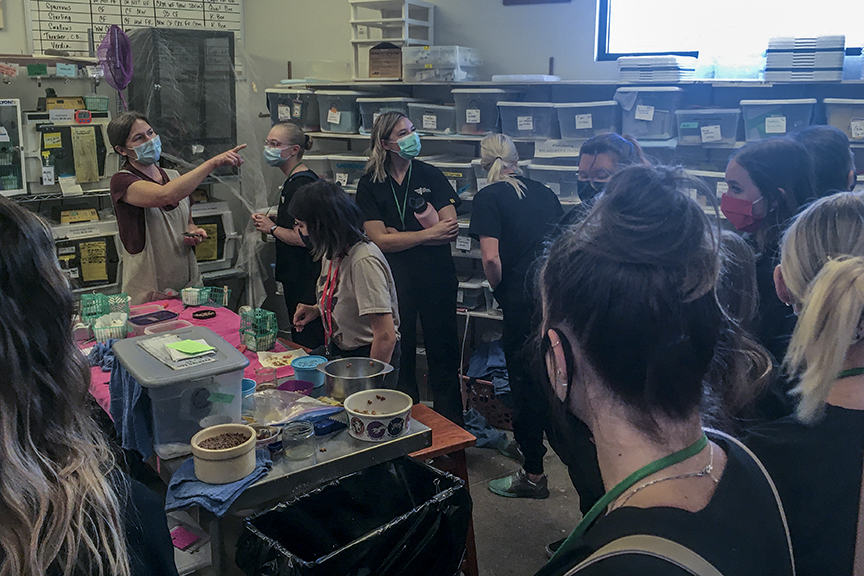
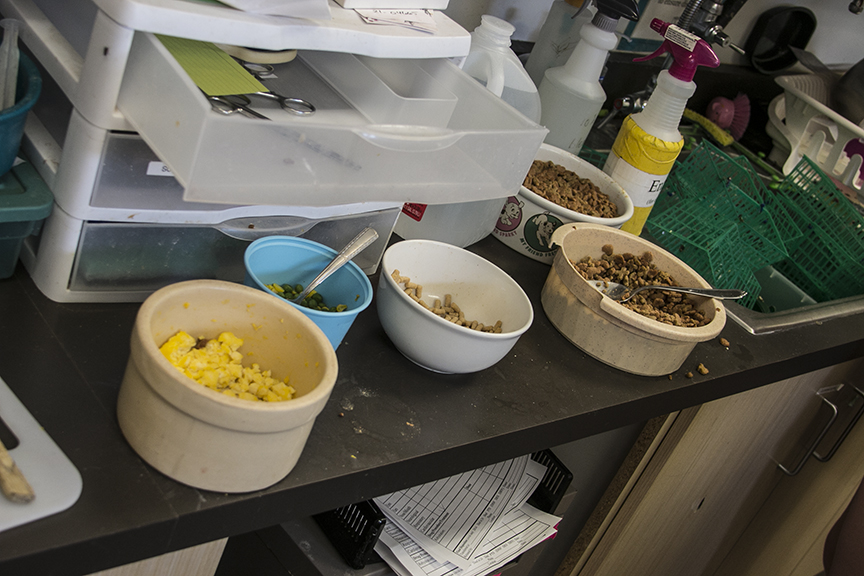
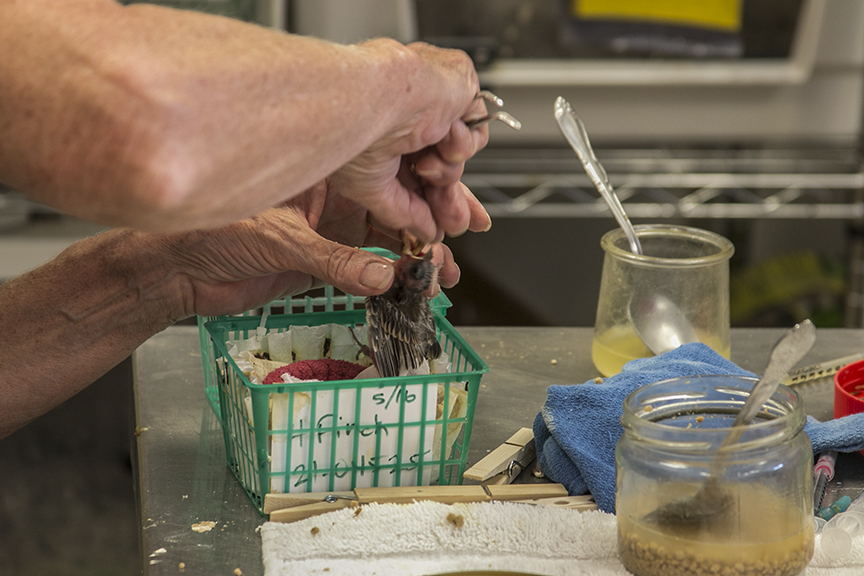
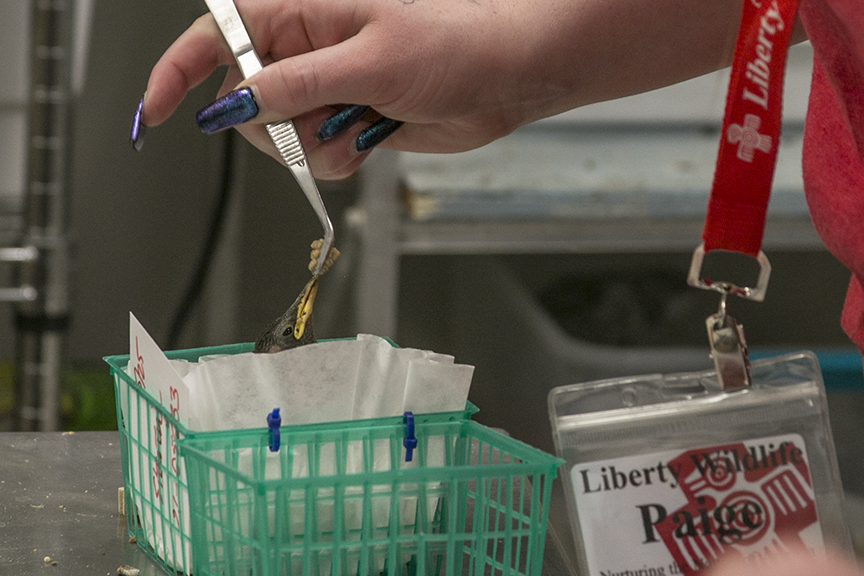

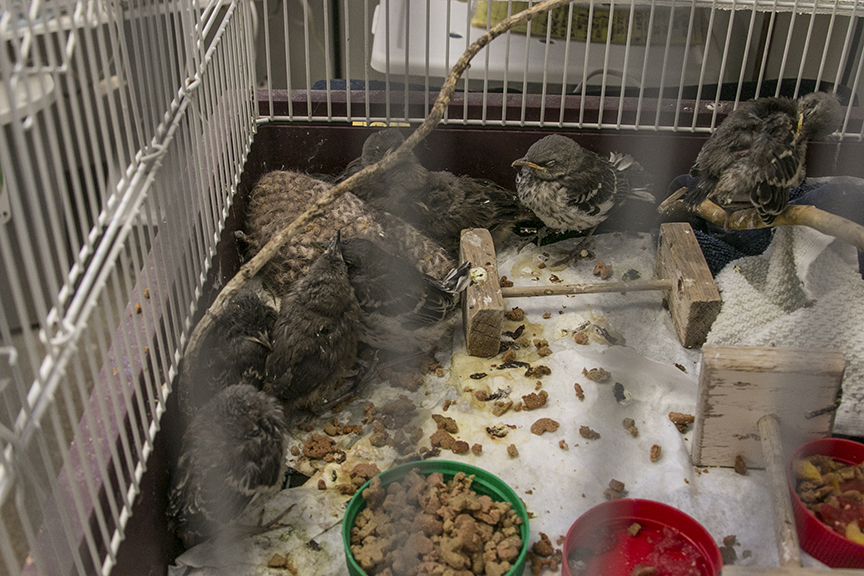

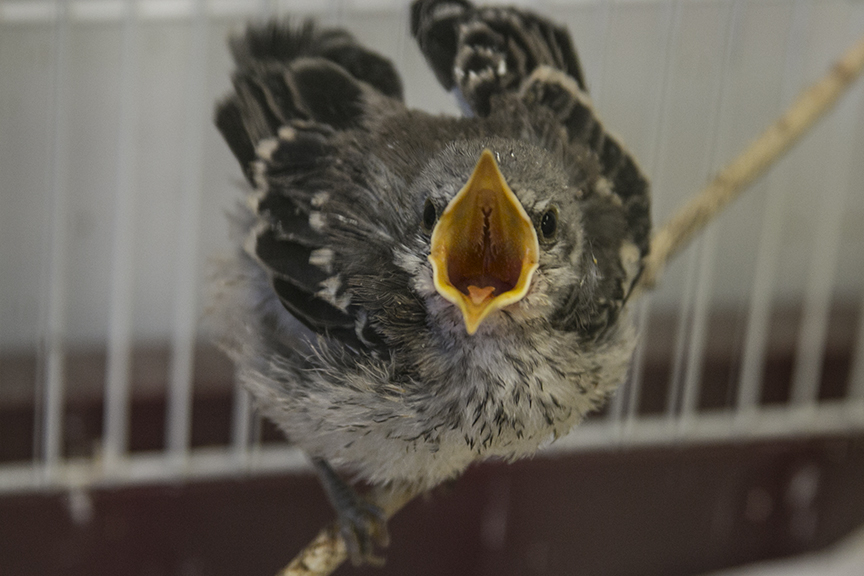
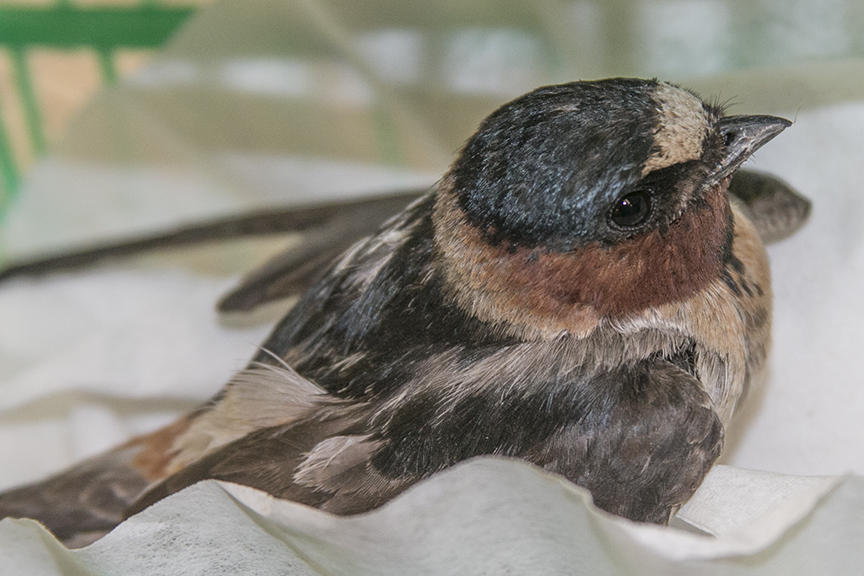
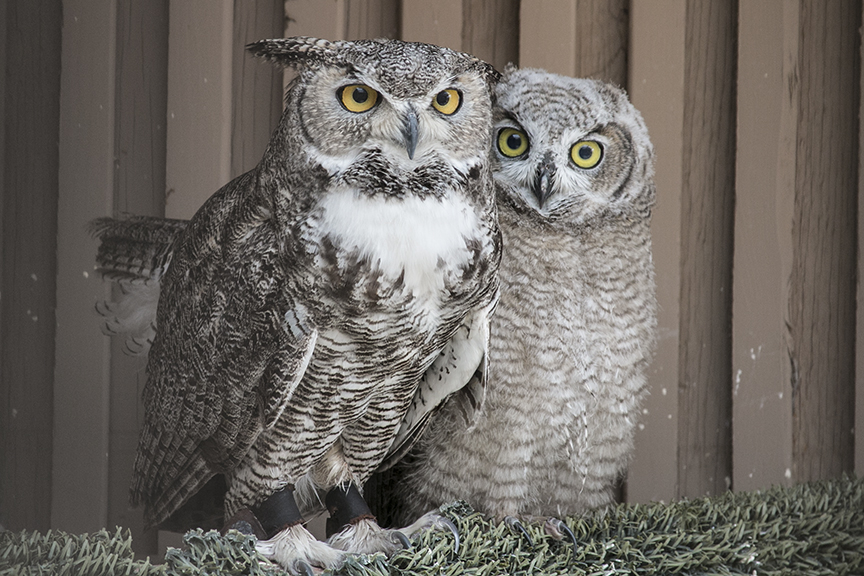
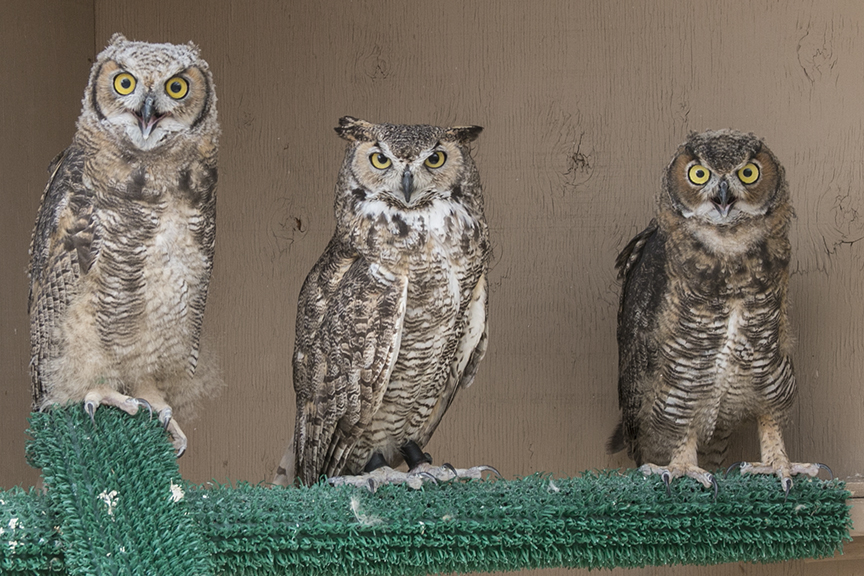


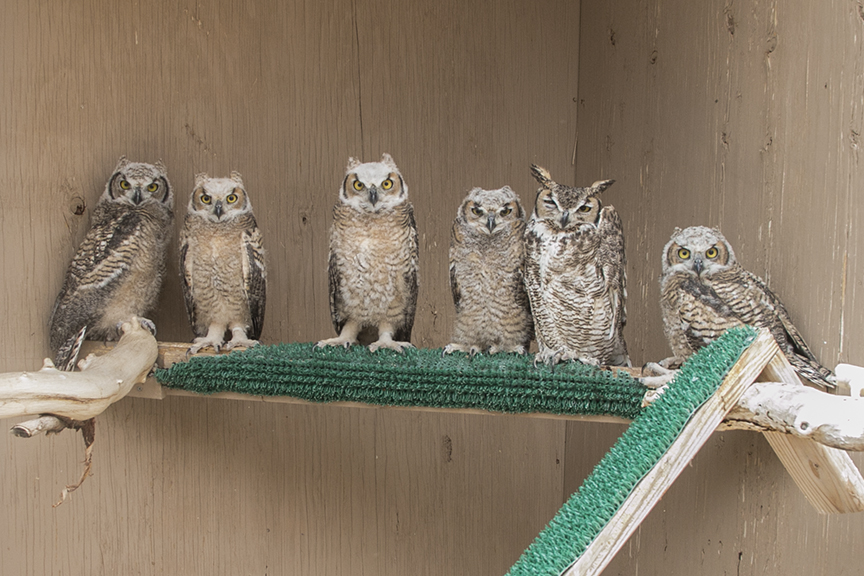
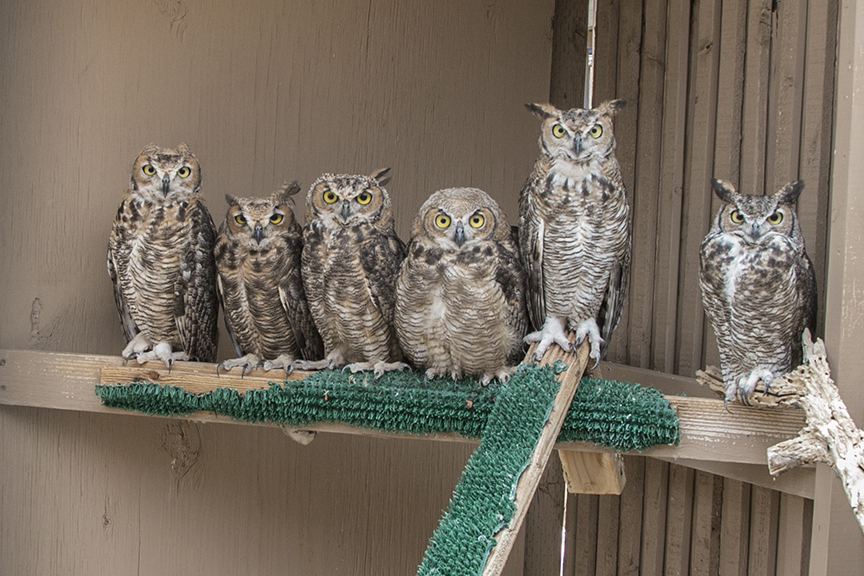

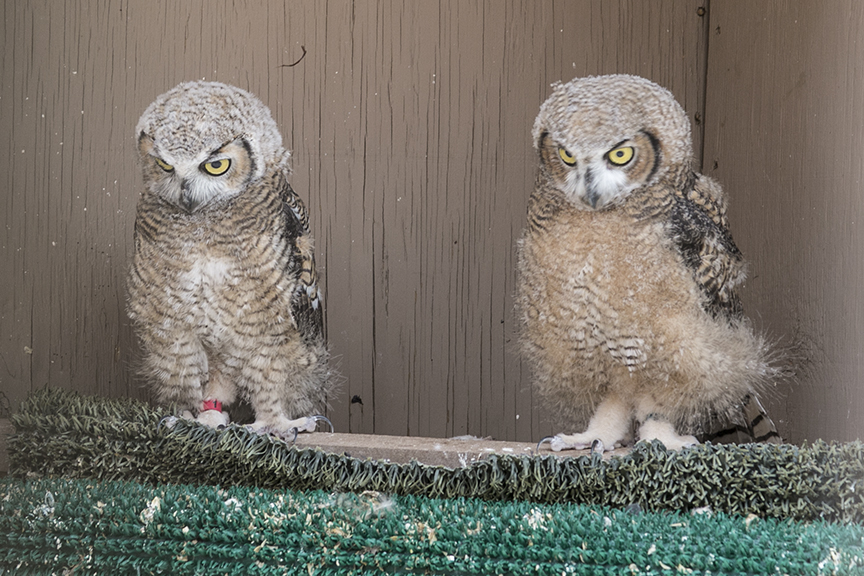

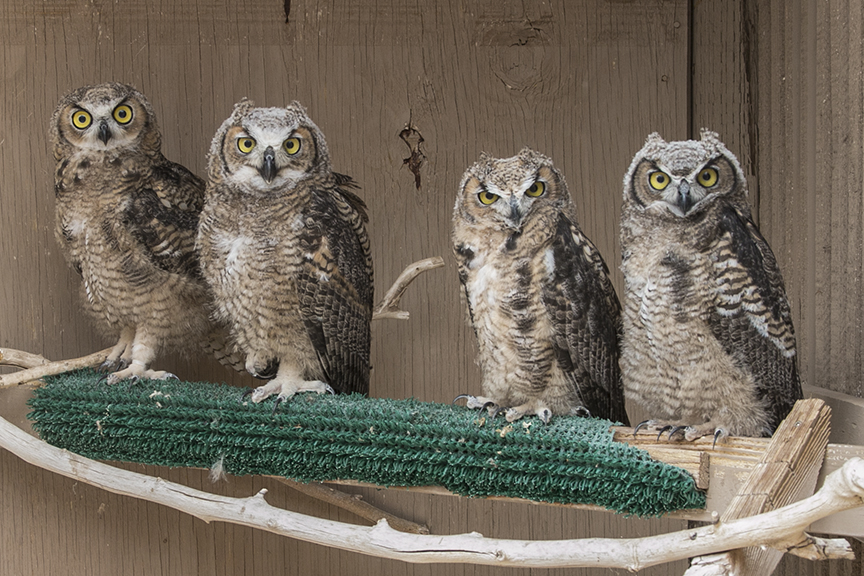
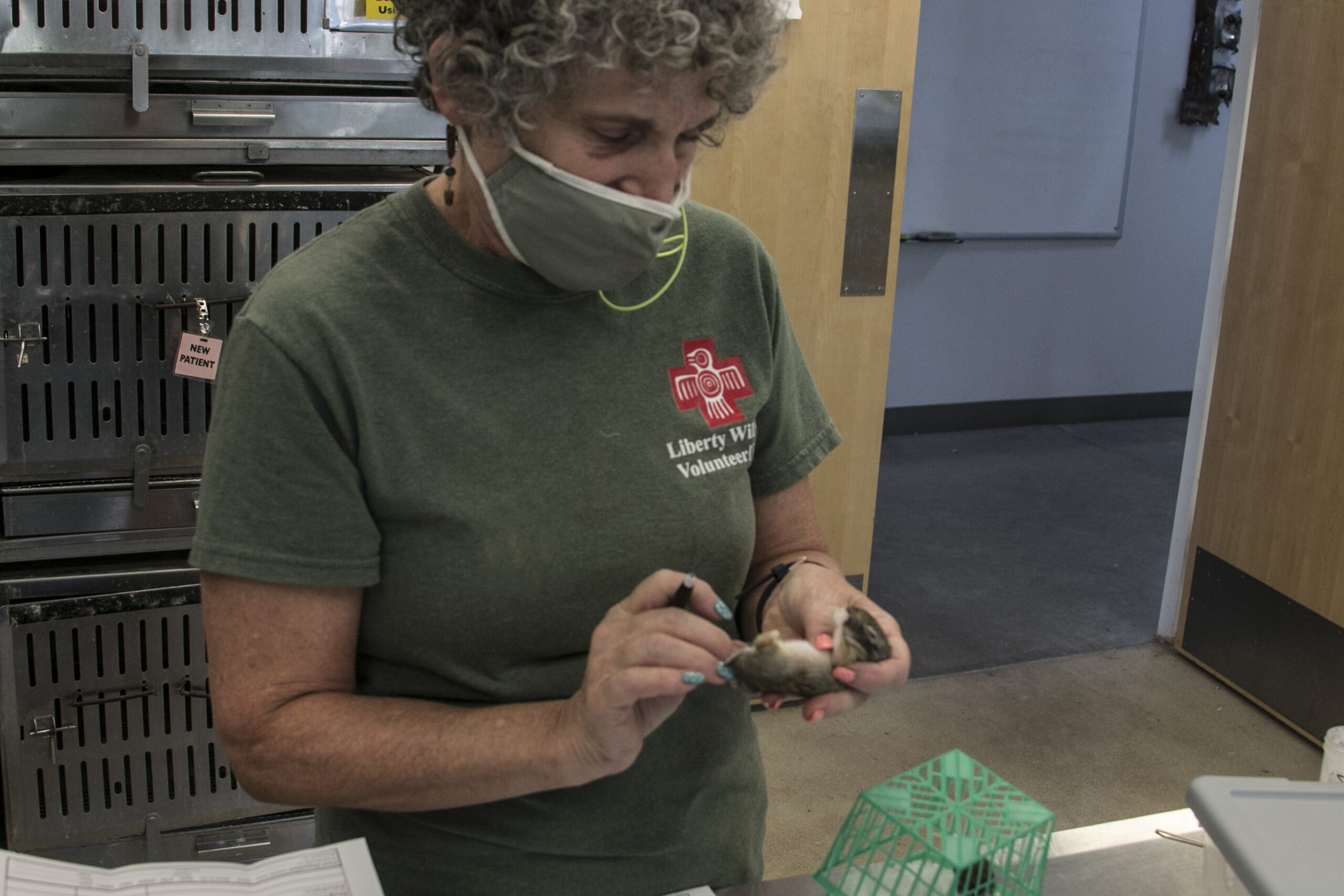
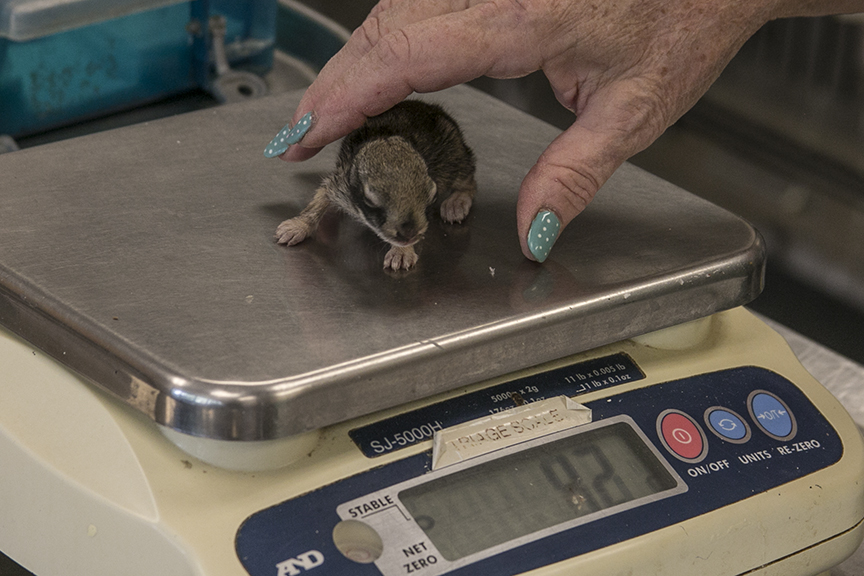
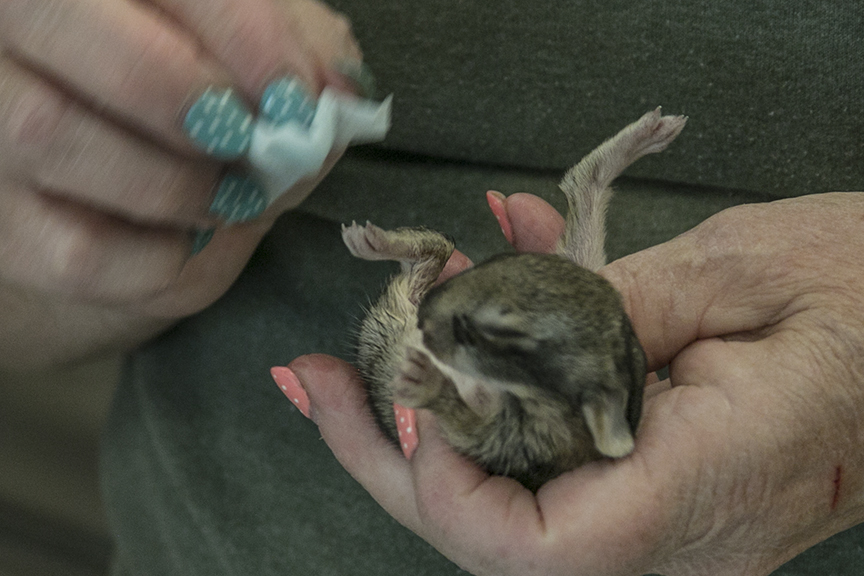
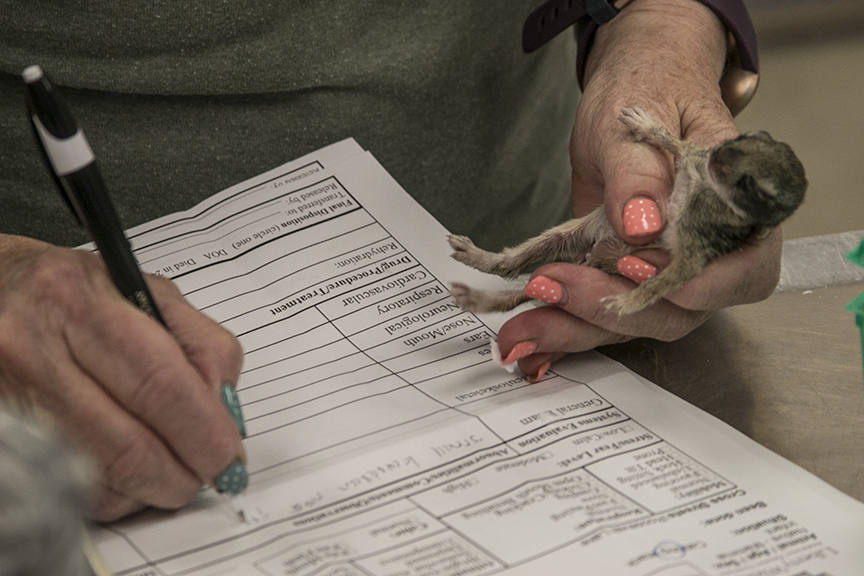
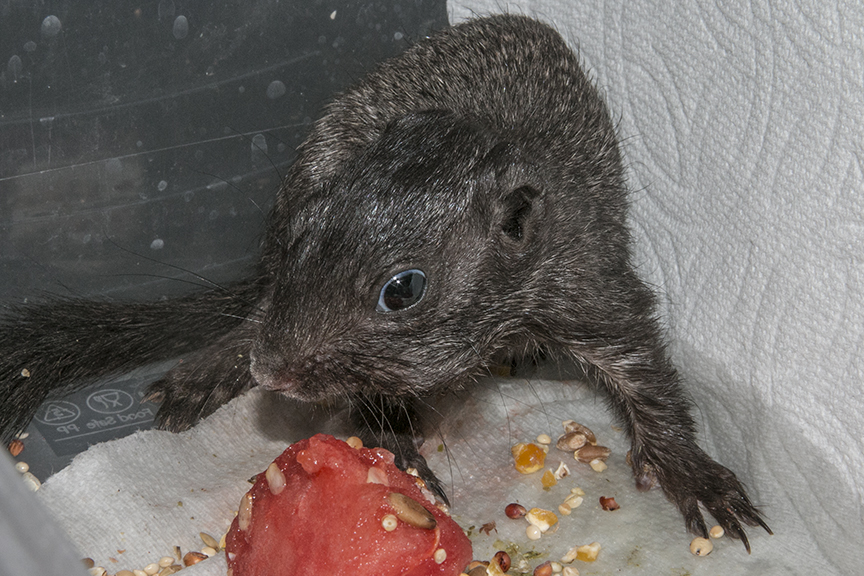
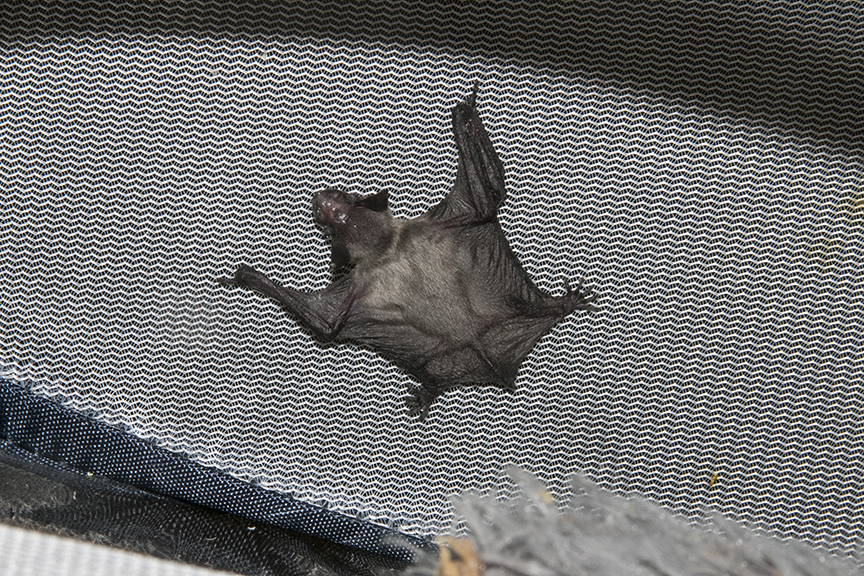
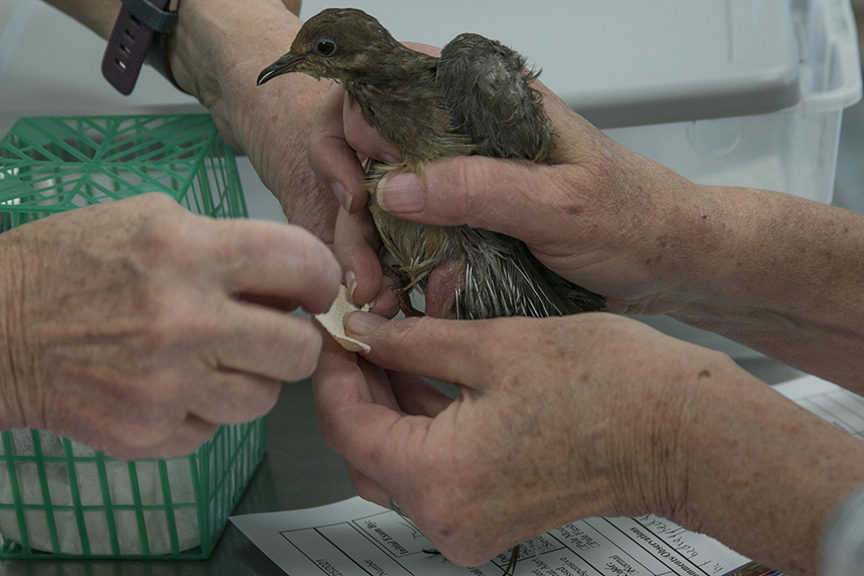
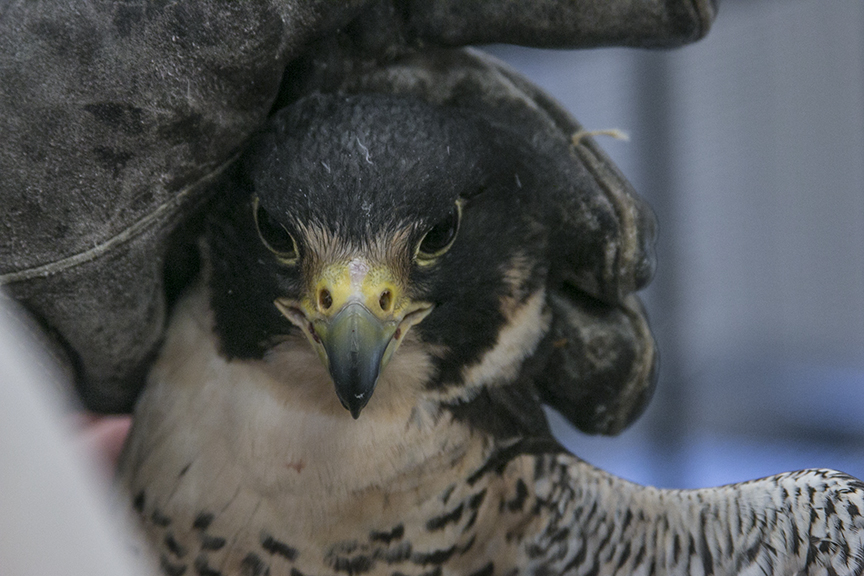
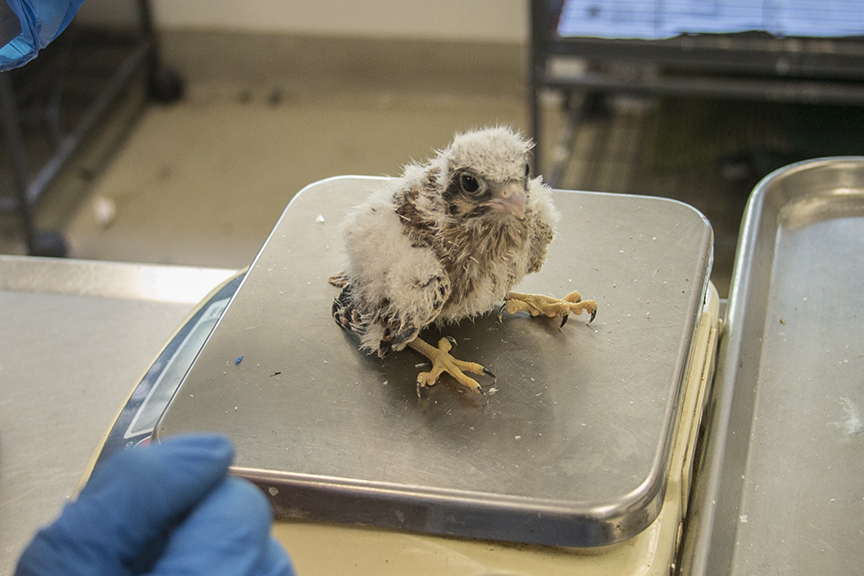
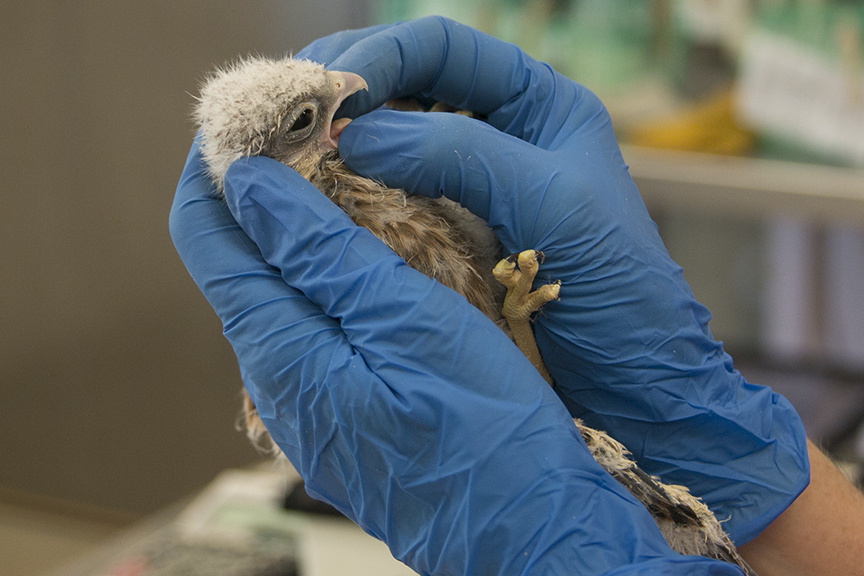
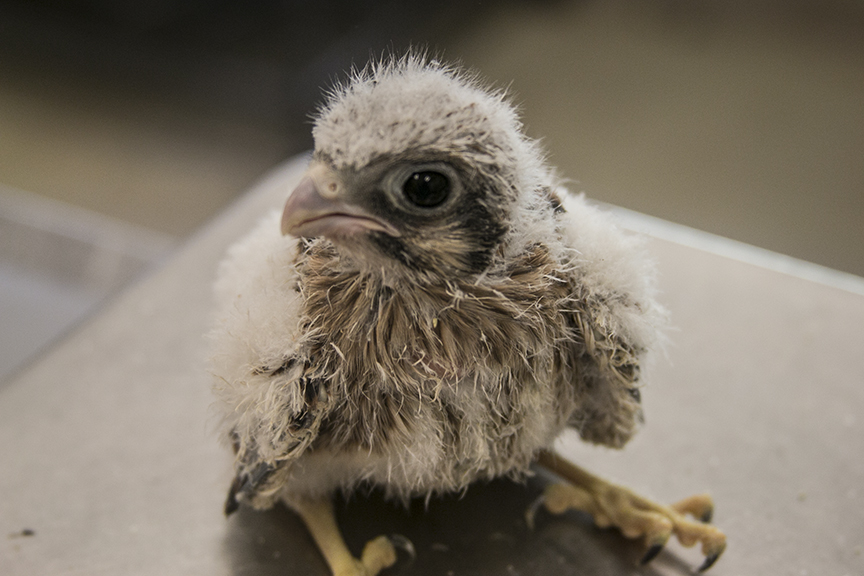
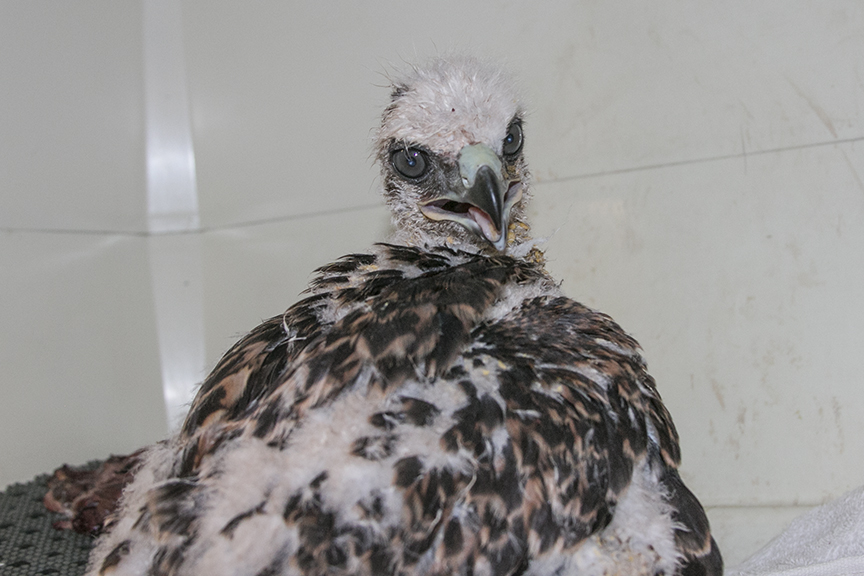
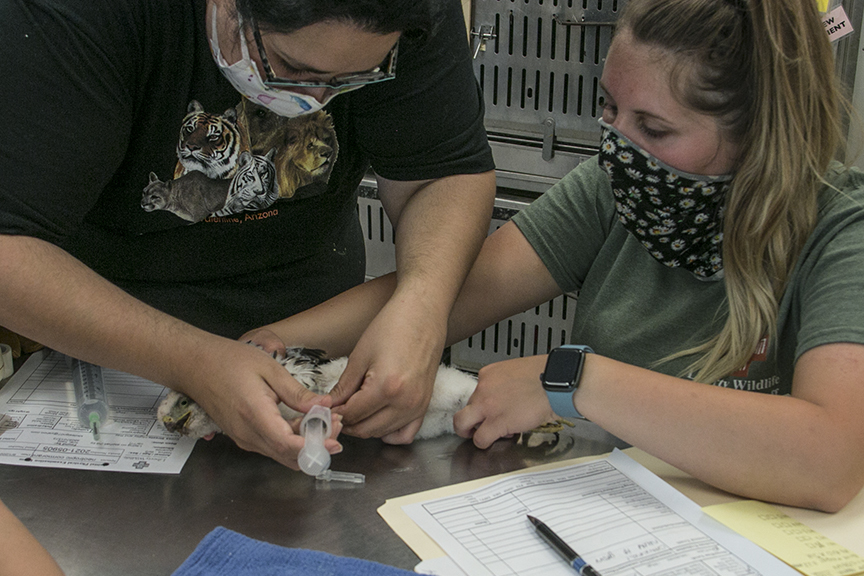


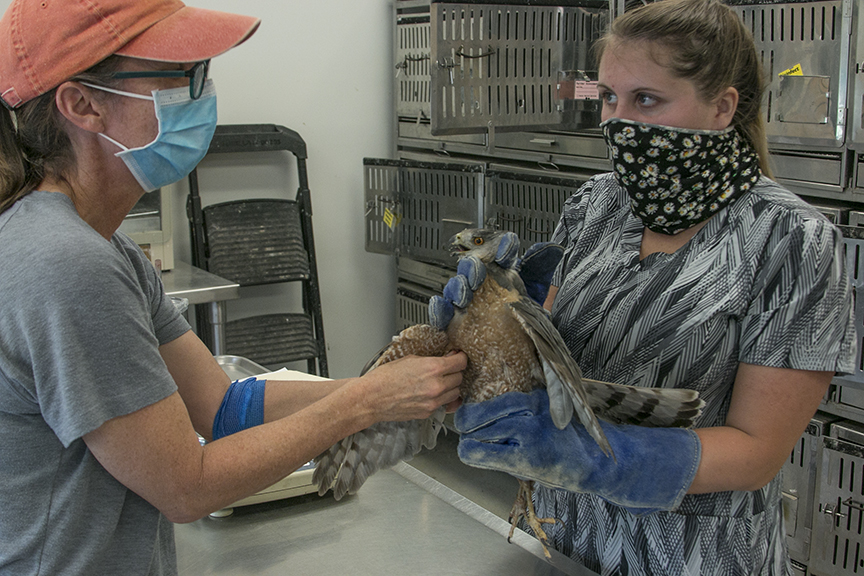



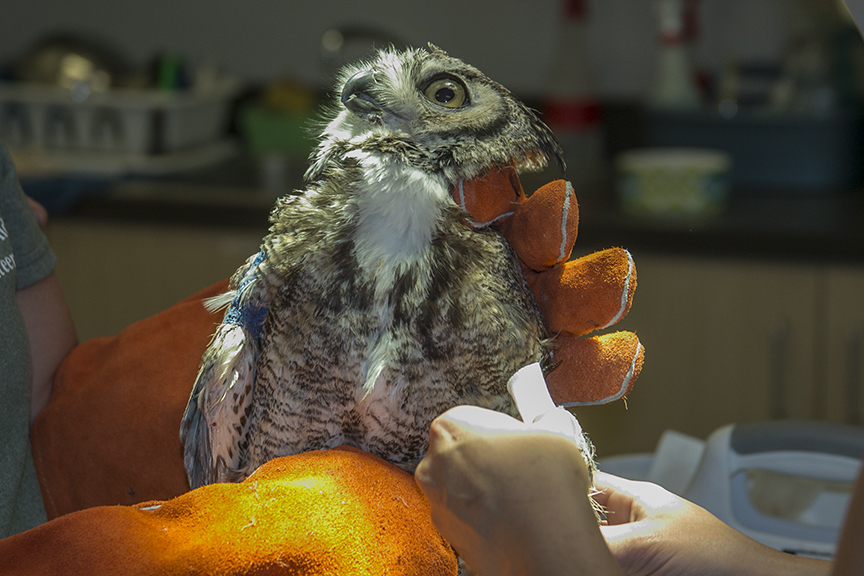
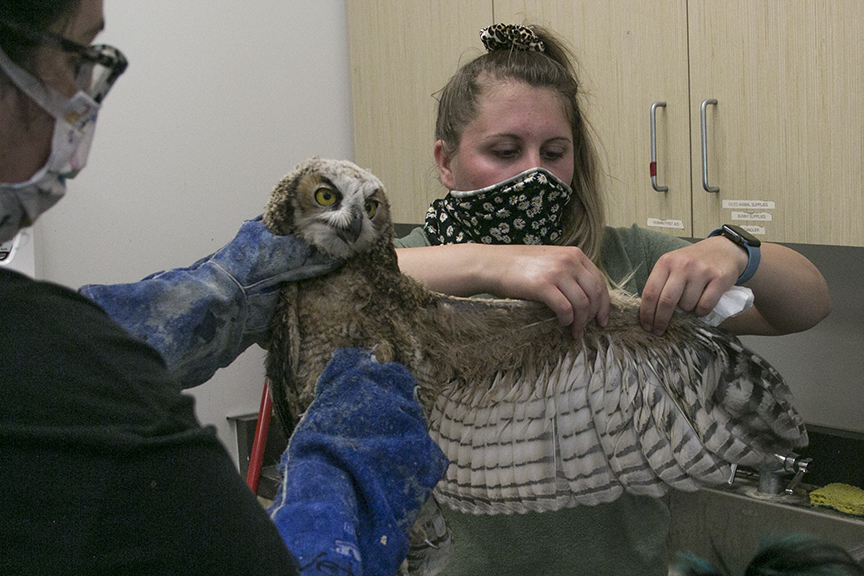

I just love the work you do for so many of out wonderful wild life!! last year about this time I brought in 17 just hatched Quail!!! No momma..they were nested by a dove who fled the scene when the friendly roadrunner found the nest on a planter on my porch. I am so happy you were there to save the babies…I would have made a terrible “foster mom”! This spring the nest has another 17 quail eggs but no nesting mom and they have not hatched…sadly. I’ll clean the nest for next year and maybe momma quail will return again. 17 eggs…go figure!!!
My granddaughter(9) just loves birds and I hope someday she and I can tour the facility and that when I return to AZ from MI in the fall I would be able to volunteer at this marvelous center.